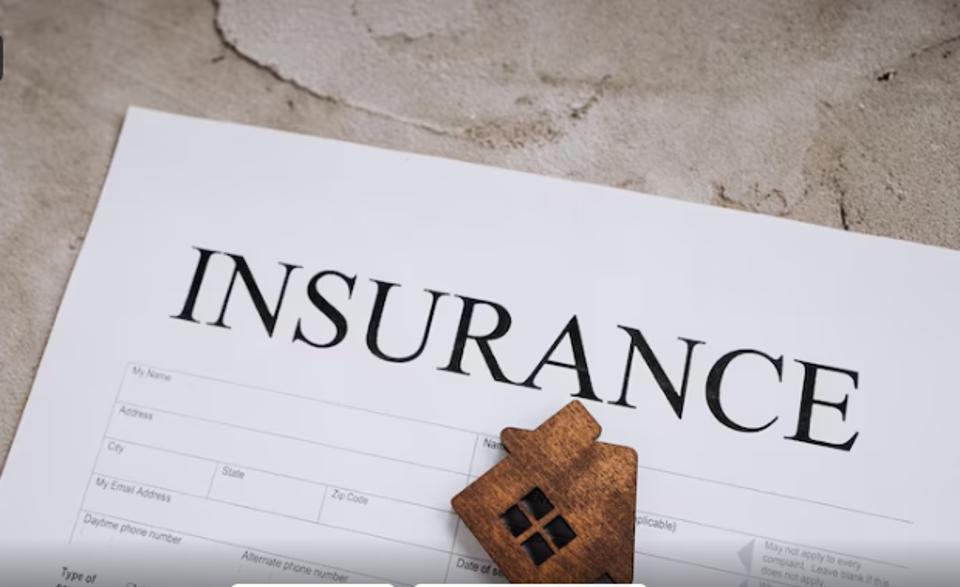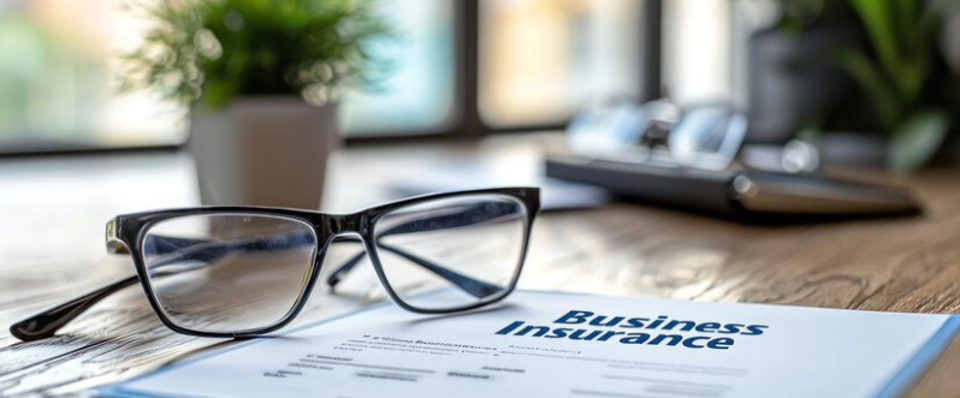Commercial Insurance & Hail Damage
Standard Policy Coverage
Most commercial property insurance policies include hail damage within their covered perils. When structured as "all-risk" or "special form" coverage (the most common format for commercial properties), policies cover all direct physical damage except specifically excluded perils, and hail rarely appears among standard exclusions. For policies written on the less common "named perils" basis, hail typically appears explicitly listed among covered causes of loss. This protection extends to buildings, attached structures, business personal property, and outdoor fixtures owned by the business. The coverage typically addresses repair or replacement costs for damaged roofing, siding, windows, HVAC equipment, and other building components directly impacted by hail.
Deductible Considerations
While coverage exists, commercial hail claims involve important deductible variations that significantly affect financial recovery. Many commercial policies implement percentage-based deductibles specifically for hail and wind claims, typically ranging from 1-5% of the building's insured value rather than the flat-dollar deductibles applied to other perils. For a property insured at $1 million, this creates a $10,000-$50,000 out-of-pocket expense before insurance applies. Some policies, particularly in hail-prone regions like Texas, Colorado, and Oklahoma, impose separate "per-building" deductibles for multi-structure properties, potentially creating multiple deductible obligations from a single hailstorm event. These specialized deductible structures substantially influence the effective financial protection available following hail events.
Common Coverage Limitations
Several important limitations apply to commercial hail coverage despite general inclusion. Cosmetic damage exclusions have become increasingly common, denying coverage for hail denting or marring that affects appearance without impairing functionality, particularly for metal roofing, siding, and gutters. Actual cash value provisions for older roofing systems reduce claim payments by applying depreciation rather than providing full replacement cost. Time limitation clauses in some policies require claims to be reported within specified periods (often 6-12 months) after damage occurs, creating potential denials for delayed discovery of hail impacts. These limitations require careful policy review to understand the actual protection available.
Business Interruption Considerations
Beyond physical damage, commercial policies often address business income losses resulting from hail events. Business interruption coverage typically activates when hail damage forces temporary closure or operational reduction during repairs. Extra expense coverage funds temporary relocation costs or operational accommodations necessary during restoration. However, these coverages generally require direct physical damage to the insured premises and impose "waiting periods" (typically 24-72 hours) before benefits begin. Additionally, business interruption protection usually excludes market conditions or reduced customer traffic following area-wide hail events unless directly resulting from damage to your specific location.






